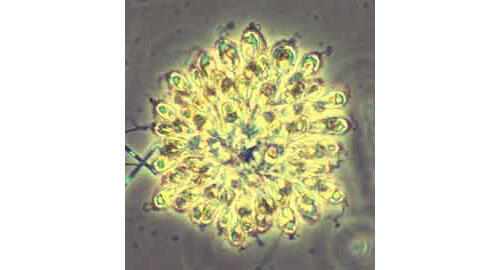Study Information
These reports detail the scope, methods, and results of a program of monthly sampling and analysis of nutrients and plankton in both Quabbin and Wachusett Reservoirs conducted from October 1998 through September 1999, which continue, with some modifications, on a quarterly schedule to the present day.
Laboratory measurement of nutrient concentrations was performed by MWRA staff of the Deer Island Central Laboratory. The spatial coverage of the program (six stations at Quabbin, four stations at Wachusett, each sampled at various depths) and frequency of sampling, combined with the efficacy of laboratory measurements provides the most comprehensive database currently available on nutrient and plankton dynamics in both reservoirs.
Major findings at Quabbin Reservoir include:
- Marked seasonal and vertical variations in nutrient concentrations mediated by phytoplankton dynamics
- A slight horizontal gradient in silica concentrations correlated to hydraulic residence time
- An annual cycle of phytoplankton succession and abundance characteristic of many temperate, oligotrophic systems
Major findings for Wachusett Reservoir include:
- Marked seasonal and vertical variations in nutrient concentrations mediated by phytoplankton dynamics
- Inter annual shifts in nutrient concentrations and the intensities of other parameters corresponding to the divergent influences of the Quabbin transfer and the Wachusett watershed
- A phytoplankton community dominated by diatoms and chrysophytes typical of many oligotrophic, softwater systems located in the temperate zone
- An annual cycle of phytoplankton succession and abundance also characteristic of this type of system, but with additional features unique to Wachusett Reservoir
Also presented in the Wachusett report is a review of plankton data generated independently from the following sources:
- DWSP sampling conducted weekly (ice conditions permitting) at Cosgrove Intake since 1987
- Historical reservoir sampling conducted in 1988, 1989, 1995, and 1996; and
- Historical data compiled by the MWRA
Additionally, the DCR provides a detailed characterization of the Quabbin "interflow," a hydrodynamic phenomenon resulting from the annual transfer of water from Quabbin Reservoir to Wachusett via the Quabbin Aqueduct. Finally, this report integrates historical nutrient and plankton records and related information generated from numerous consultant studies of Wachusett Reservoir.
Nutrient and Plankton Dynamics in Quabbin Reservoir
